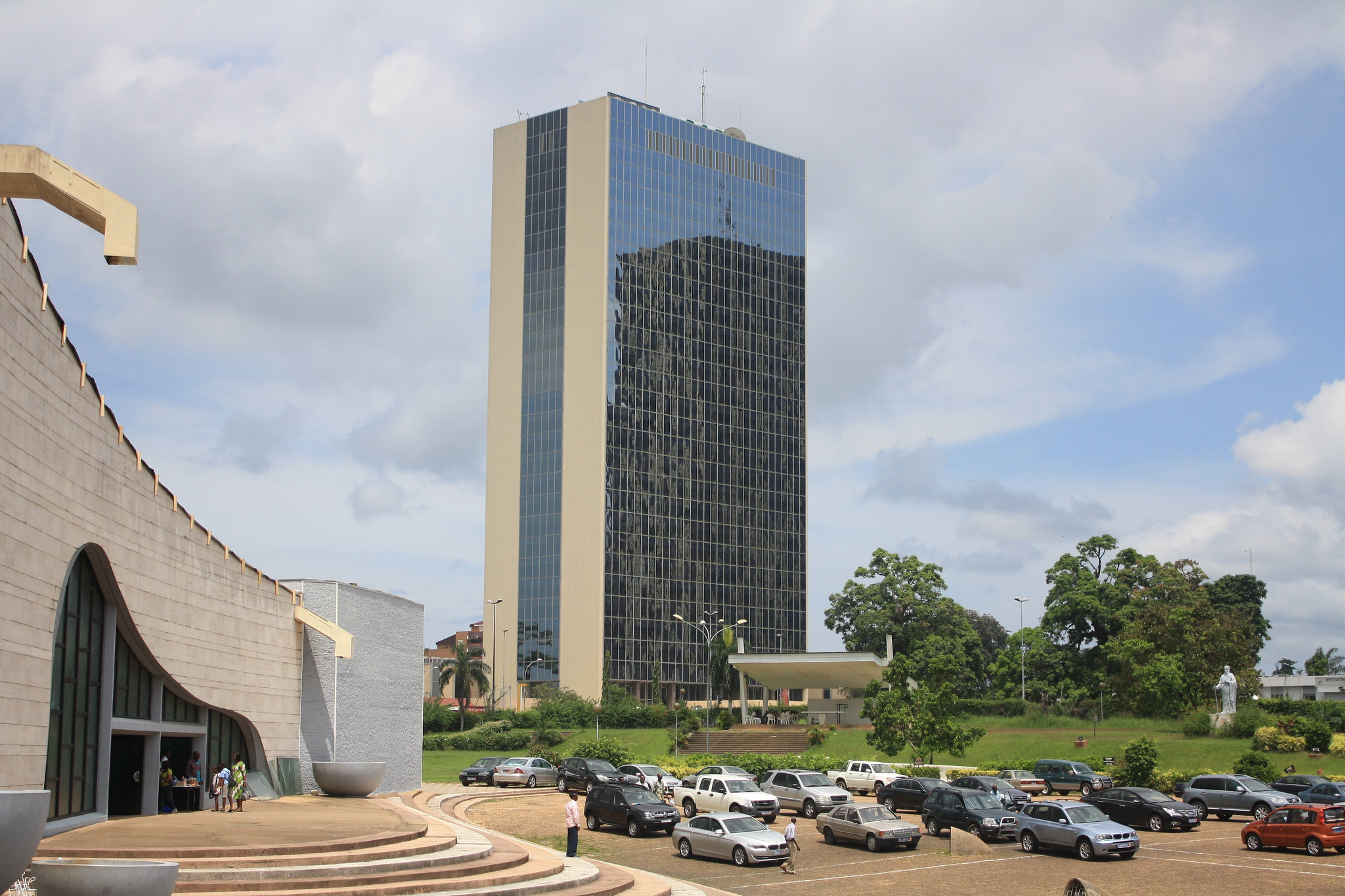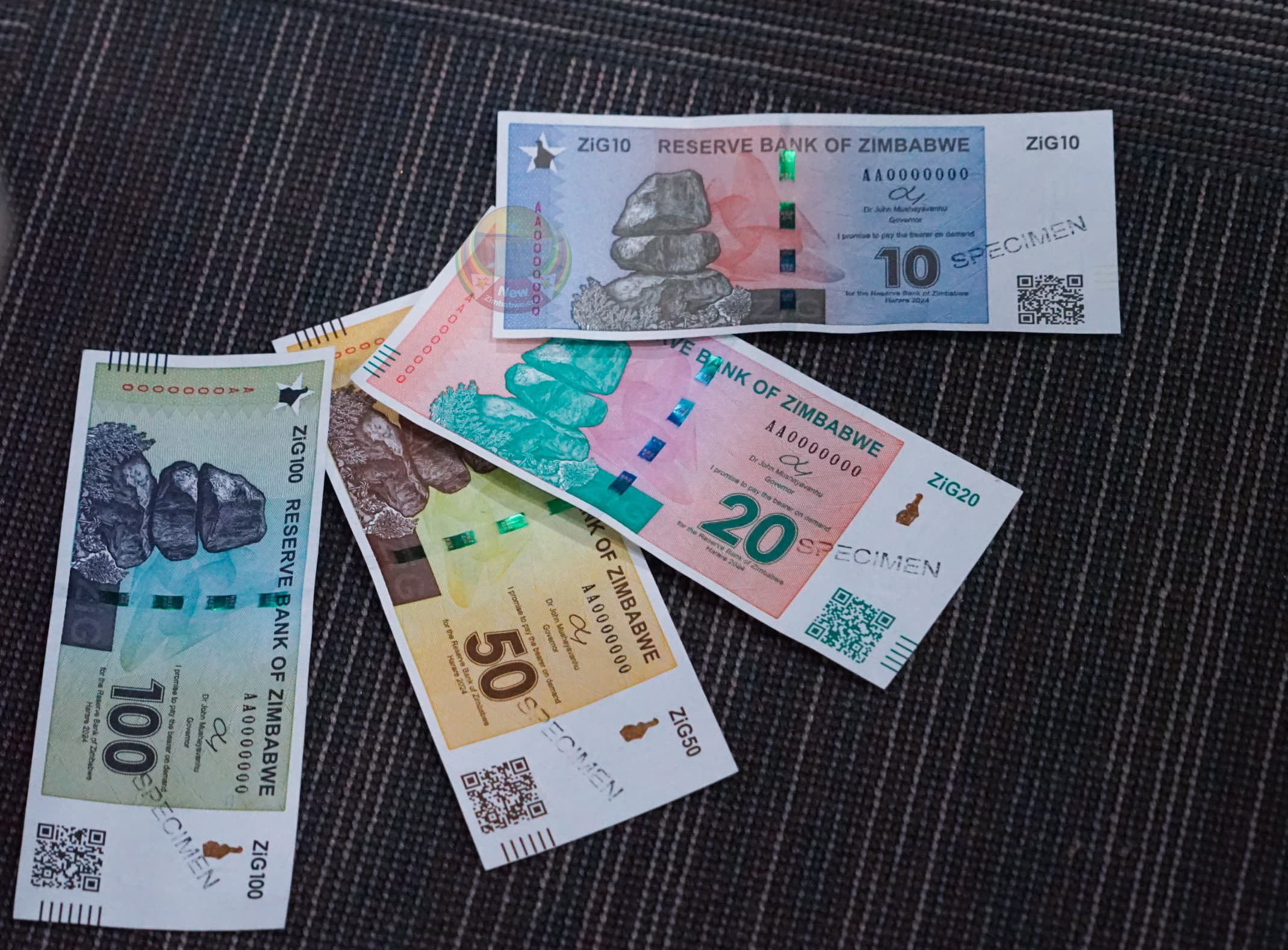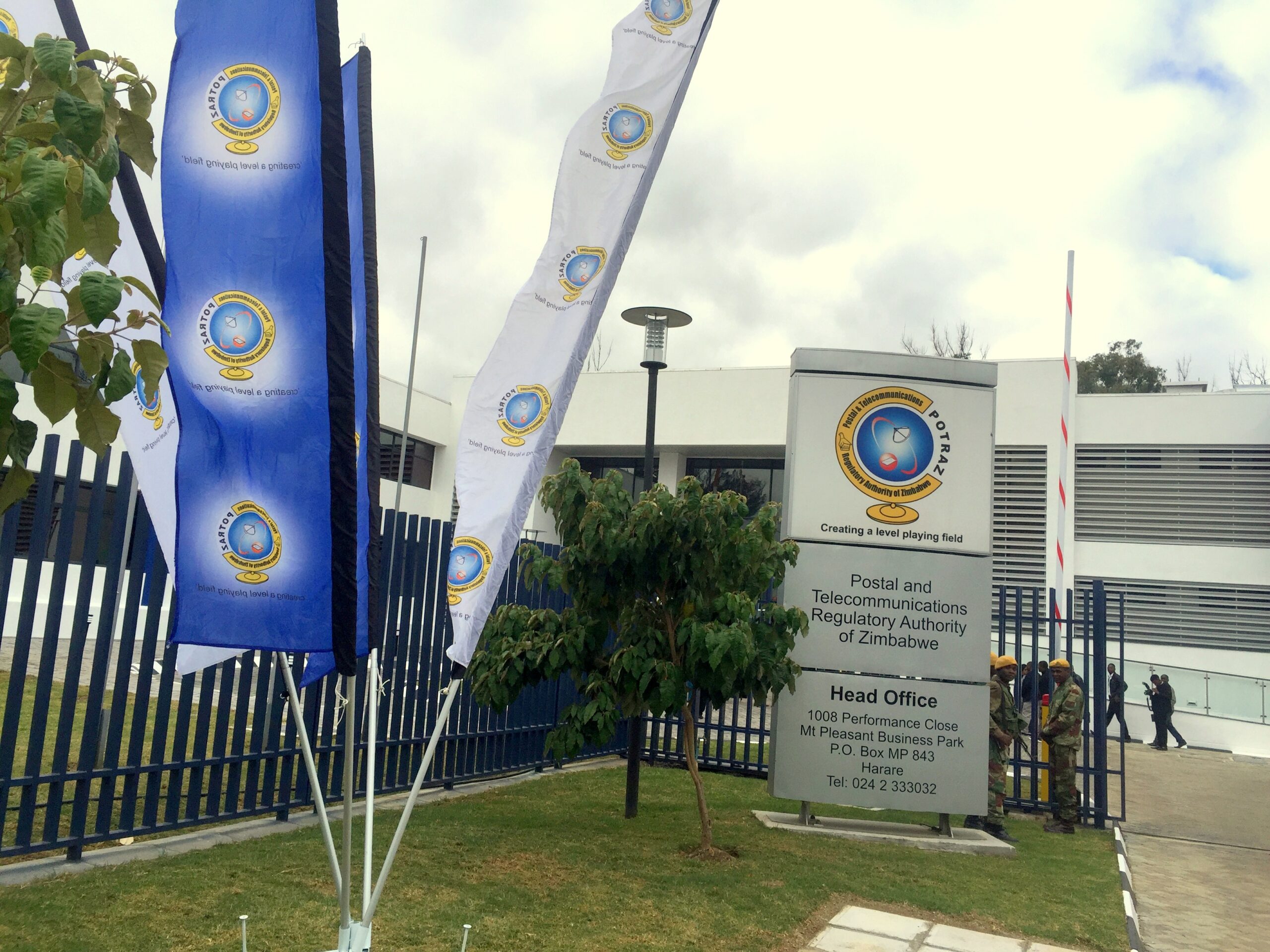Cellular operators’ revenue jumps 170pc
CELLULAR operators’ revenue for the second quarter of 2023 jumped 170 percent to $435 billion compared to $161 billion recorded during the previous quarter on inflation-induced price increases.
While operator revenues rose, operating costs and capital expenditure also grew by significant margins, eroding profitability.
The Postal and Telecommunications Regulatory Authority of Zimbabwe (POTRAZ) report for the quarter states that “this cannot be a true reflector of growth to the sector due to hyperinflation, which was experienced in the quarter under review,” said POTRAZ.
According to the report, operating costs continued to spike owing to the depreciation of the local currency in the second quarter of 2023. Operating costs for the period jumped by 109 percent to $215 billion while capex for the period was 87,5 percent higher at $26 billion.
“The sector operator revenues and operating costs surged by margins over 100 percent across all sub-sectors of the postal and telecommunications industry. This has reduced operator profits and has had detrimental effects on the viability of the sector.
“Most of the operators incurred operating costs growth which was more than their revenues growth in the second quarter of 2023. This directly means that most operators made losses in the trading quarter. As in its nature, the telecoms industry requires huge capital outlays across networks, this cannot be achieved whilst the sector operators are running losses,” said POTRAZ.
The quarter under review was characterized by inflationary pressures that were felt across all sectors.
Investments per operator have drastically decreased due to reduced revenue-to-cost ratios (RCR). This situation is attributed to an eroded tariff coupled with high inflation during the trading period. Mobile voice traffic grew by 0,2 percent to record 2,53 billion minutes from 2,52 billion minutes recorded in the first quarter of 2023. The growth, however marginal, is attributed to a 6,1 percent growth in mobile to other mobile traffic. Net-on-net and mobile-to-fixed traffic has been on a downward trend over the past quarters.
“This may be attributed to the substitution of voice with data for communications across the globe. Substitution of traditional voice with Over-the-Top VoIP also plays a significant factor,” said POTRAZ.
During the period under review, the total number of active mobile telephone subscriptions declined by a margin of 0,7 percent to reach 13,955,937 from 14,051,251, recorded in the previous quarter. As a result, the mobile penetration rate declined by 0,7 percent to reach 91,9 percent as of 30 June 2023, from 92,6 percent recorded as of 31 March 2023.
Despite the challenges experienced in the first half of the year, the sector remains optimistic that growth can be realised in the coming quarter notwithstanding post-election expectations.
The recent policy measures taken by the Treasury have brought stability to the exchange rate and the inflation rate while the tight monetary measures should also bring stability to the exchange rate.
“The appreciation of the local currency against USD is expected to reduce the import prices of bandwidth, network equipment and software. Improvement in power supply owing to the commissioning of the Hwange unit 7 and 8 power stations is expected to enhance the overall quality of service whilst reducing costs related to backup power on base stations.
“Service uptake is expected to rise in the forthcoming quarter hence growth of the sector in the third quarter of the year,” said POTRAZ.-herald











